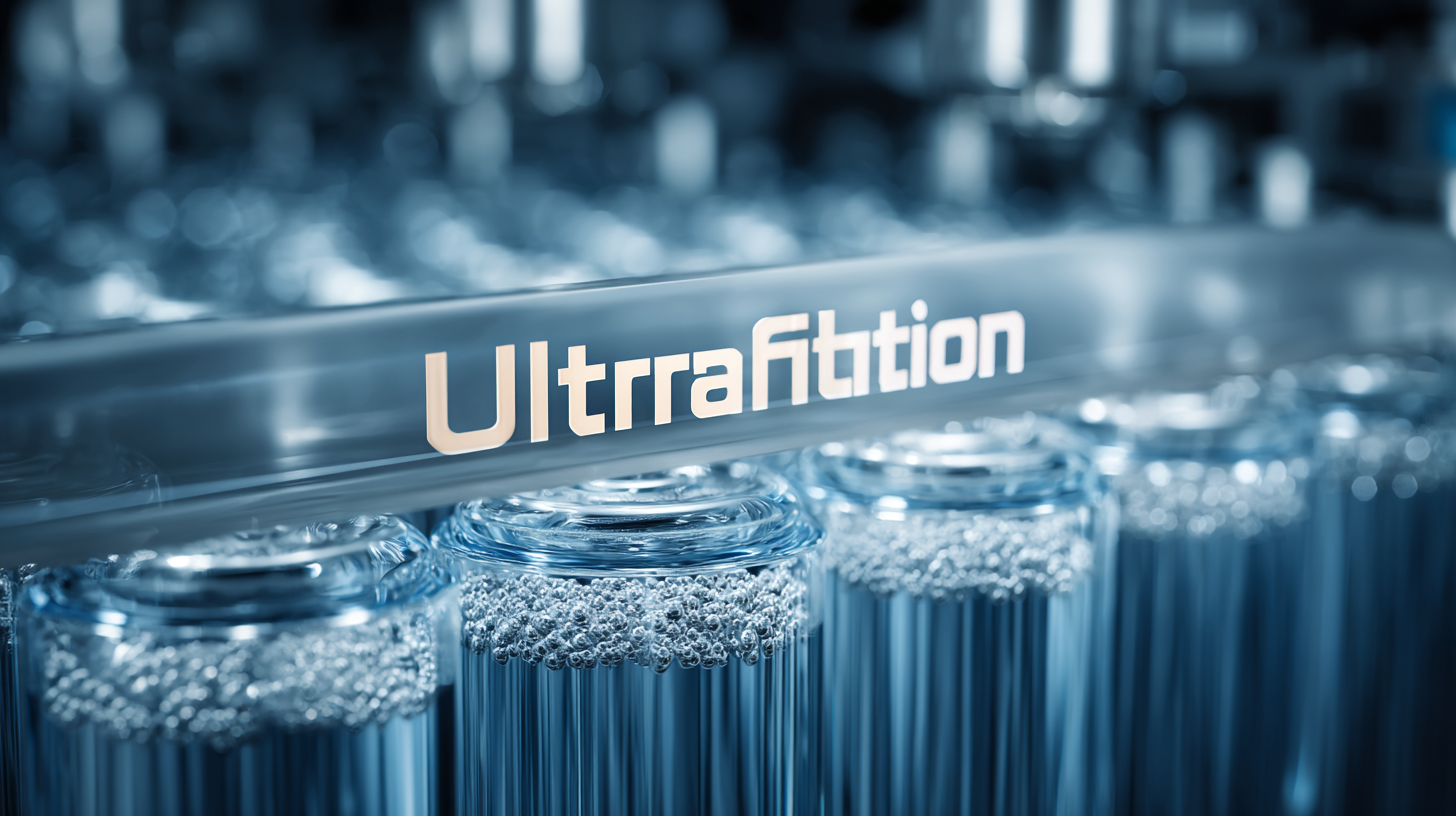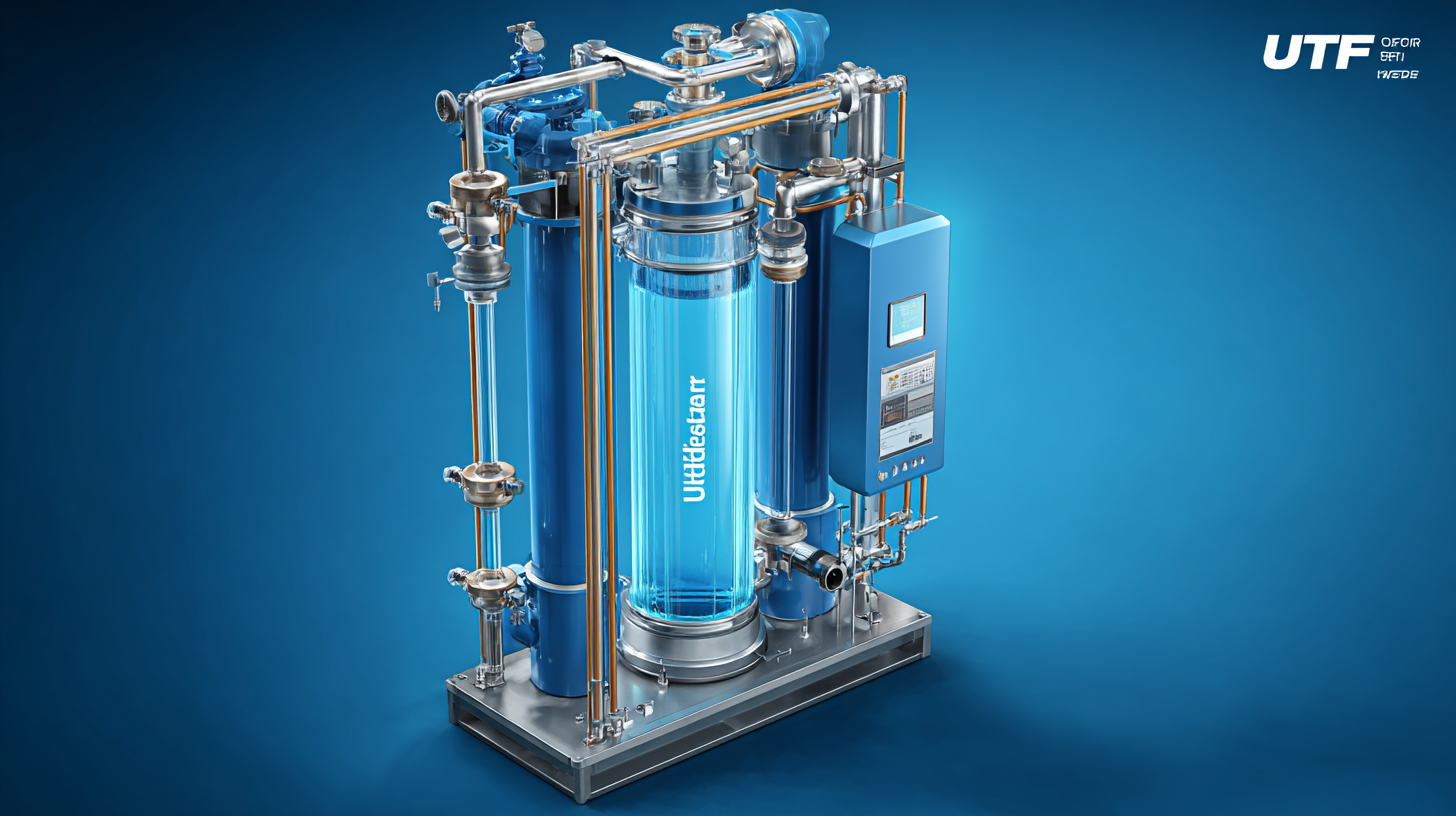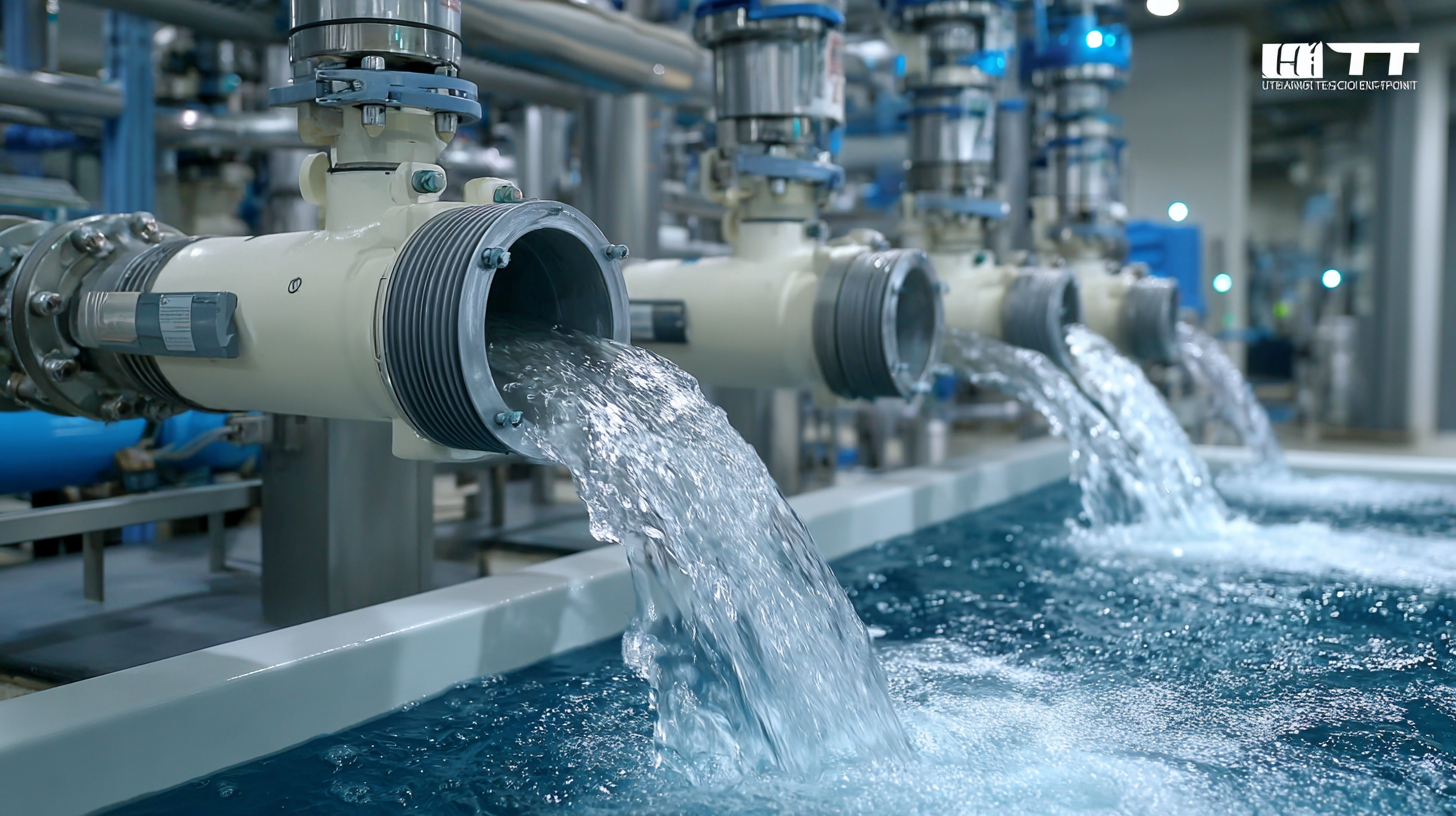Leave Your Message
Request a Quote
As we approach 2025, the landscape of water purification, particularly through the lens of Ultrafiltration (UF) technologies, is on the cusp of significant evolution. According to the Water Quality Association, the global water filtration market is projected to reach $15.4 billion by 2025, with Ultrafiltration gaining traction due to its efficiency in removing micro-contaminants and pathogens while preserving essential minerals. Recent research from MarketsandMarkets indicates that the adoption of UF membranes is expected to grow at a compound annual growth rate (CAGR) of 10.5%, driven by increasing water scarcity and rising environmental concerns. This surge in demand emphasizes the need for innovative solutions that enhance UF technologies, ensuring safe and sustainable access to clean water for communities worldwide. As we explore the future trends shaping Ultrafiltration, we will uncover the advancements that promise to redefine water purification in the coming years.

 The landscape of water purification is evolving rapidly, driven by innovative materials that are revolutionizing ultrafiltration membranes. Advanced polymers, such as polyphenylene sulfide and graphene oxide, are being increasingly utilized to enhance filtration efficiency and durability. These materials not only improve the rejection rates of contaminants but also contribute to lower energy consumption and operational costs, making ultrafiltration systems more sustainable and accessible.
The landscape of water purification is evolving rapidly, driven by innovative materials that are revolutionizing ultrafiltration membranes. Advanced polymers, such as polyphenylene sulfide and graphene oxide, are being increasingly utilized to enhance filtration efficiency and durability. These materials not only improve the rejection rates of contaminants but also contribute to lower energy consumption and operational costs, making ultrafiltration systems more sustainable and accessible.
Tip: When considering ultrafiltration technologies for your application, look for membranes that combine high flux with excellent rejection capabilities. This balance can significantly optimize your water treatment process, ensuring high-quality output while minimizing resource use.
The future of ultrafiltration lies in the development of smart membranes that can adapt to varying water quality conditions. Researchers are exploring self-cleaning membranes and those with antifouling properties, which can prolong lifespan and reduce maintenance efforts. As these innovations come to market, they will reshape how industries and municipalities approach water purification.
Tip: Stay informed about the latest advancements in ultrafiltration and consider integrating smart membrane technologies for enhanced performance. This proactive approach can lead to significant long-term savings and improved water quality.
In recent years, the landscape of water purification has been transformed by innovative technologies that enhance the efficiency of ultrafiltration processes. Emerging advancements such as membrane bioreactors (MBRs) and electrospun nanofibers are setting new standards for water treatment. These technologies not only improve filtration performance but also reduce energy consumption and operational costs while maximizing contaminant removal rates.
Tip: When considering water purification systems, look for those that incorporate modular designs. This allows for scalability and customization, ensuring that your system can adapt to changing water quality demands or production needs.
Additionally, smart monitoring systems integrated with AI and IoT technologies are providing real-time insights into the purification process, enabling improved decision-making and maintenance scheduling. Such systems can automate adjustments in response to varying water quality, thus maintaining optimal performance at all times.
Tip: Regularly update and maintain your purification equipment with the latest technology enhancements. Keeping abreast of the latest advancements not only prolongs the lifespan of your system but also enhances the overall quality and safety of the water produced.
| Technology | Efficiency (%) | Cost ($ per m³) | Energy Consumption (kWh/m³) | Applications |
|---|---|---|---|---|
| Membrane Ultrafiltration | 90 | 0.50 | 0.5 | Municipal Water Treatment |
| Electrodialysis | 85 | 0.75 | 1.0 | Desalination |
| Reverse Osmosis | 95 | 1.00 | 1.5 | Industrial Water Treatment |
| Nanofiltration | 80 | 0.60 | 0.7 | Food & Beverage |
| Biofilter Technology | 75 | 0.40 | 0.3 | Wastewater Treatment |
The adoption of ultrafiltration systems is gaining momentum due to several key factors shaping the water purification industry. Market trends indicate that the Hollow Fiber Ultrafiltration Market is projected to reach USD 4.85 billion by 2030, highlighting a significant shift towards more innovative and efficient filtration technologies. One driving factor is the increasing demand for clean and safe drinking water, which has compelled industries, particularly biopharmaceuticals, to invest in scalable, disposable filtration systems that effectively address market challenges while promoting sustainability.
As the global membrane separation market is anticipated to grow at a CAGR of 12.4% from 2024 to 2030, businesses are recognizing the flexibility and economic advantages of ultrafiltration technologies. These systems not only aid in manufacturing therapeutic proteins but also contribute to environmental sustainability through water reuse technologies. Implementing ultrafiltration not only ensures quality but also enhances operational efficiency.
**Tips:** When considering ultrafiltration systems, assess the specific requirements of your industry and explore disposable filtration options to streamline processes. Additionally, stay updated on market trends and projections to capitalize on emerging opportunities and technologies.

The future of water purification is increasingly intertwined with sustainability practices, particularly in the realm of ultrafiltration (UF) technologies. As global concerns rise regarding energy consumption and carbon emissions in drinking water treatment plants (DWTPs), innovative approaches are being adopted to optimize these processes.
A systematic review has highlighted the importance of managing the interrelations between water, energy, and carbon within DWTP operations, significantly impacting overall efficiency and environmental performance.
Moreover, the environmental and economic feasibility of ultrafiltration technologies is being rigorously assessed. Recent studies have explored the seasonal dynamics of urban wastewater reclamation through UF, providing insights into its effectiveness and cost-efficiency. The results indicate that ultrafiltration membranes not only ensure high-quality effluent standards but also support sustainable wastewater management practices, crucially aligning with the ongoing emphasis on resource reuse in various industries.
Such advancements in ultrafiltration technology promise to transform water treatment landscapes, addressing both resource scarcity and environmental concerns effectively.
The growing demand for urban water treatment is driving innovations in ultrafiltration technologies, particularly ceramic membrane systems. As decentralized water supply needs increase in rural China, these technologies are being rapidly adopted to ensure high-quality water. Recent reports highlight that the membrane technology market, especially in the pharma and biopharma sectors, is projected to grow from $3 billion in 2022 to $6.9 billion by 2030, with a compound annual growth rate of 8.9%. This reflects a significant opportunity for companies to tap into the expanding water treatment sector, fueled by stricter environmental regulations and a growing emphasis on quality.
Tips: Consider investing in advanced purification technologies that can address diverse water treatment scenarios efficiently. Engaging with emerging trends such as ceramic membranes could enhance your operational efficiency and market reach.
As the industry evolves, companies are encouraged to leverage technological advancements to meet the rising standards of water quality demanded by consumers. Furthermore, the participation of numerous brands at major trade events illustrates the competitive landscape and the potential for collaboration and innovation in water purification technologies. Keeping abreast of these trends will be crucial for stakeholders looking to navigate the future challenges and opportunities in the ultrafiltration market.

